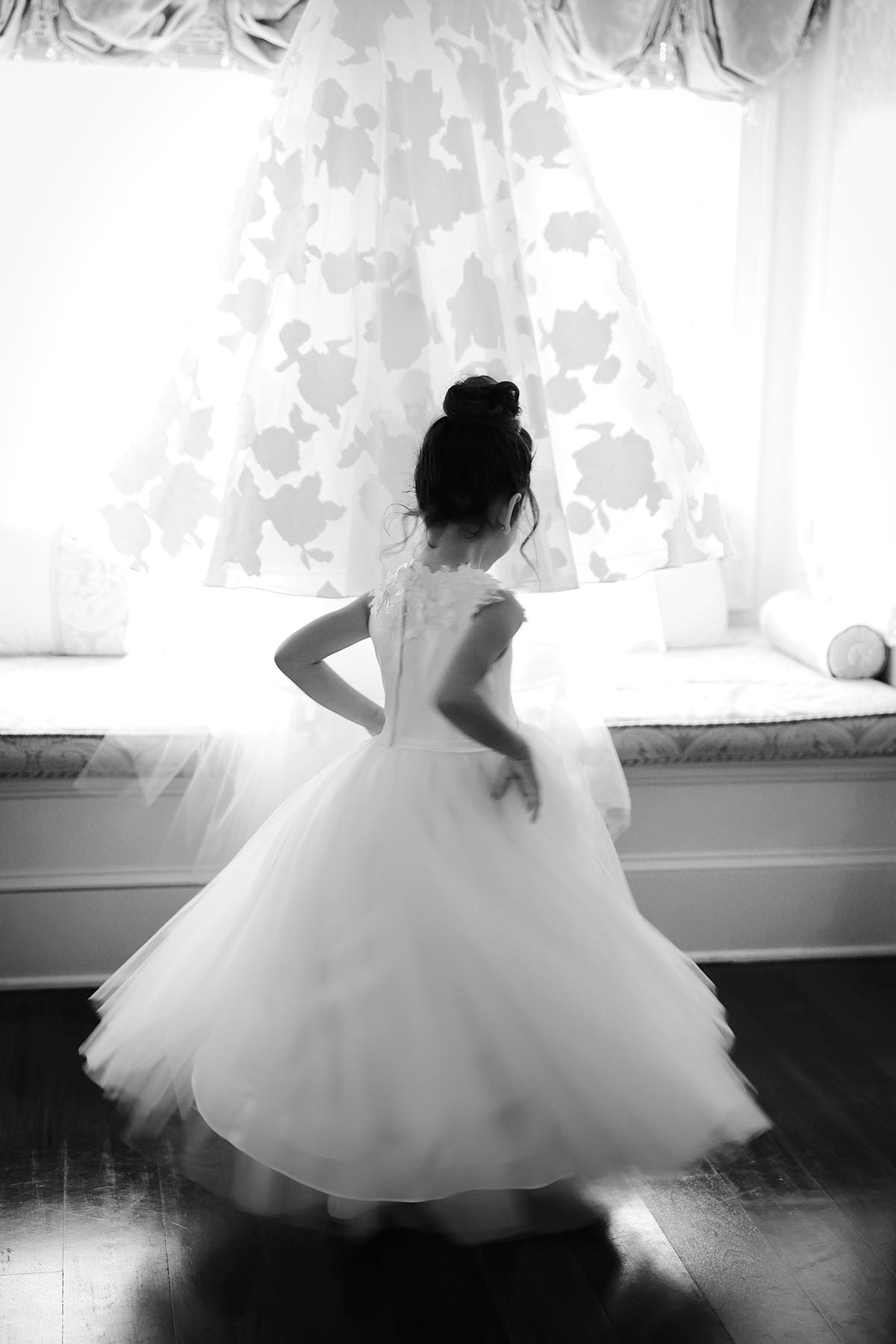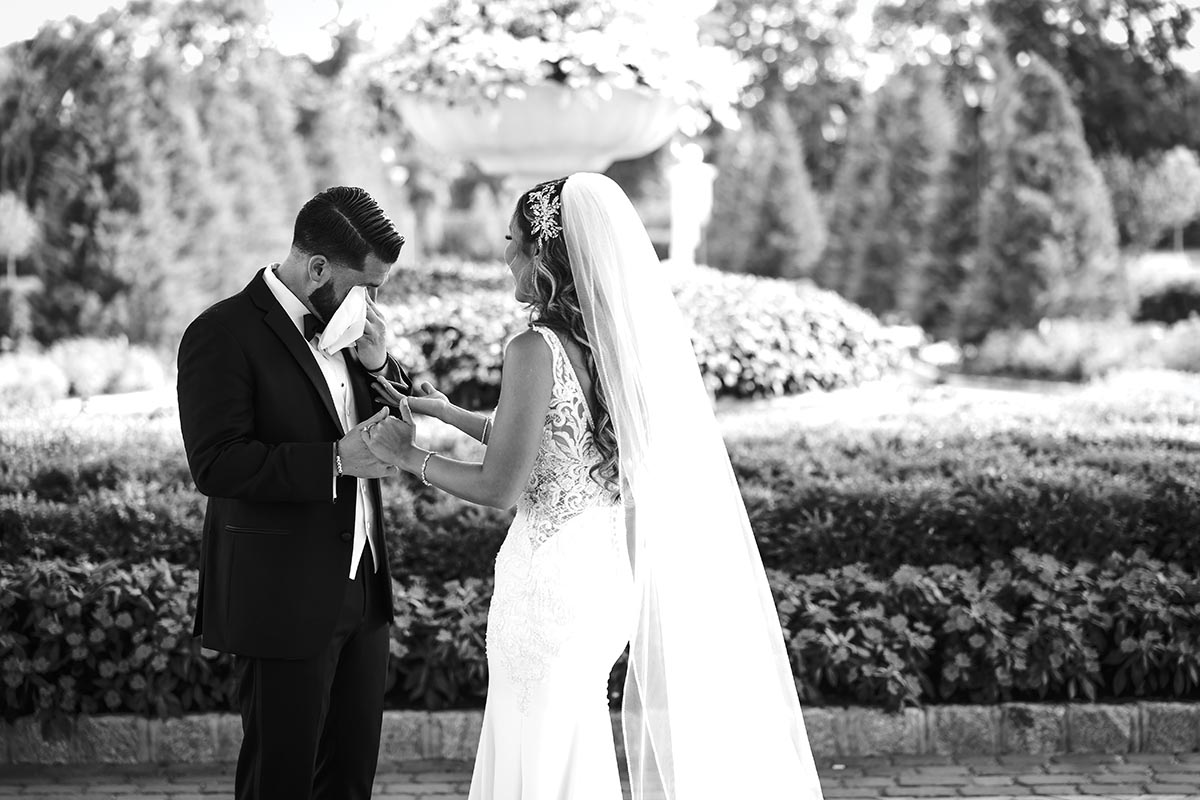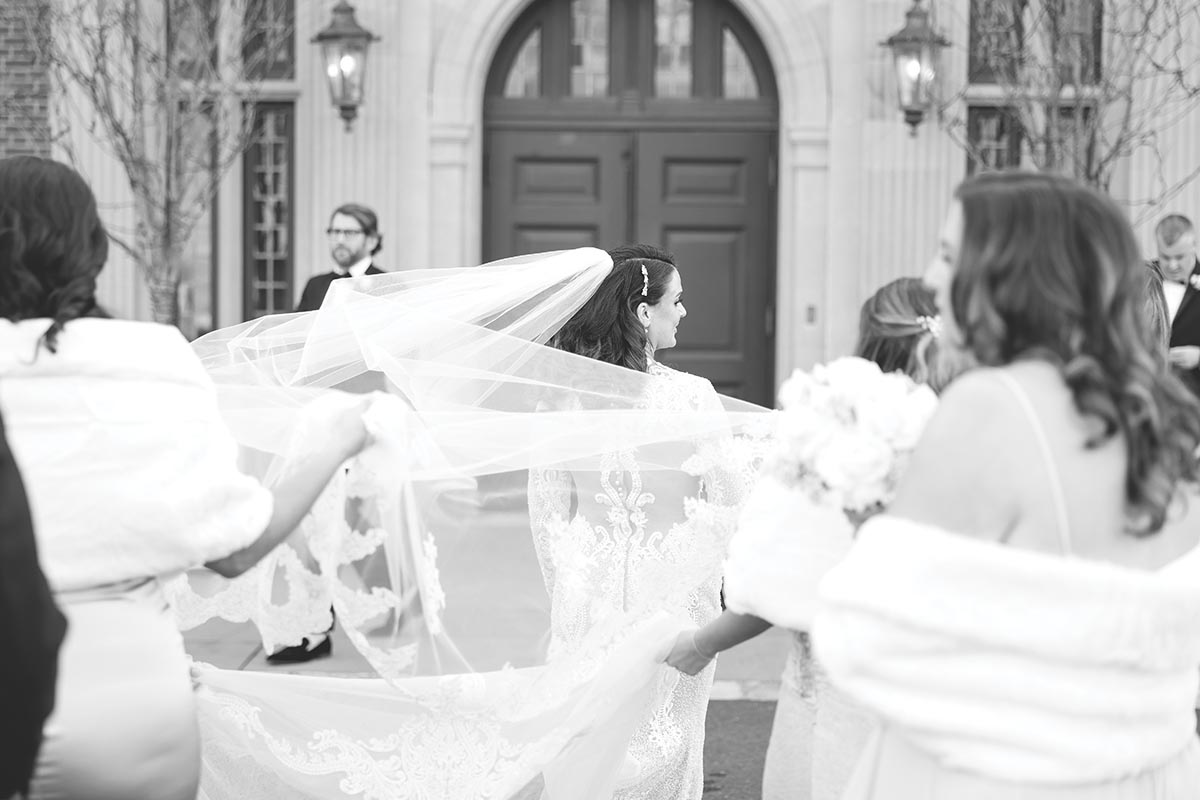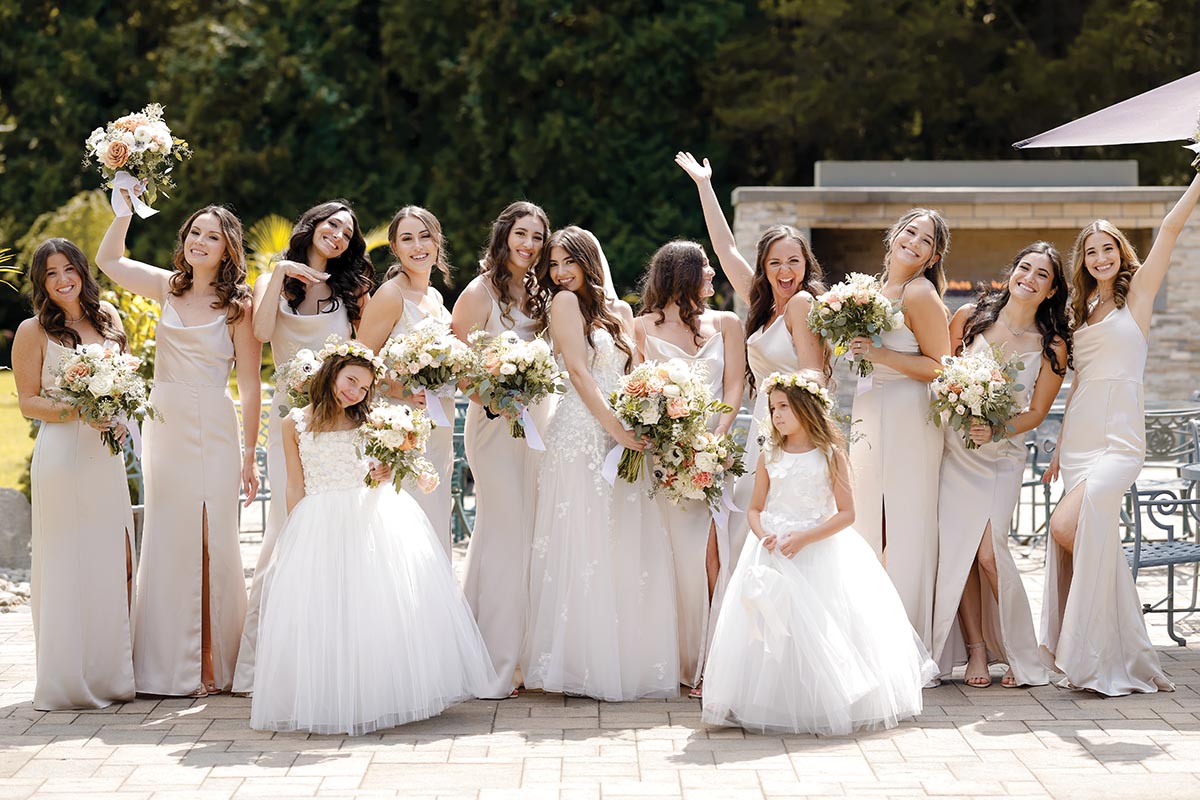Vanessa Joy, Cr.Photog., who is in demand as both a photographer and photography educator, is candid about her missteps. “Making mistakes is inevitable,” says the entrereneur. “And they can become excellent learning lessons.”
She smiles as she remembers the negative online review she received from her first client. “Imagine that,” she says. “I was 24, just starting out on my own and my first—very first—wedding client gave me a nasty review online, saying she didn’t like my photos, that they were not that great.
“And you know what? She was right. They were not great. I didn’t know my lighting well enough, and the work was less than stellar. I reached out to her and offered to re-edit her photos, which I then did. While they weren’t that much better, she was sweet about everything and eventually removed the horrible review.
“But I learned a lot from the experience. I learned to listen better and understand what a client wanted and expected. Also, I learned that I needed a better camera. And that I had to learn more about lighting. I worked on both.”
She upgraded her gear and started attending a slew of photographic workshops and conferences. She’d studied photography in college and worked alongside professional photographer John Heyn after graduating, and she continued to further her skills by learning from other pros and by practicing.
Today Joy runs a bustling photography business averaging 20 weddings a year from her twin bases in Austin, Texas, and northern New Jersey. She’s also done portrait and commercial work for Fortune 500 firms including Hilton, has authored four photography how-to books, earned a PPA photographic craftsman degree, and been named a Canon Explorer of Light.
In addition to her photography, Joy has also realized her long-held desire to train others in the art, craft, and business side of the profession. She teaches, lectures, and runs workshops around the world and will be presenting a session on lighting for weddings this month at PPA’s Imaging USA in Louisville, Kentucky.

LESSONS LEARNED
Joy recently took a break from her hectic schedule to offer some of her most valuable tips and advice.
Be firm on pricing. “The most frequent topic I am asked about is pricing,” explains Joy. “So many photographers are just not charging enough.” It’s natural for some customers to claim that a photographer is too expensive, but you have to stay firm. “You need to be comfortable with what you charge, and I know that can be difficult,” she says. “It doesn’t always come naturally, especially when you’re being told that you are too expensive. But you need to stick to your guns. If you say yes to a discount, you’re telling a prospective client that you’re really not worth that much.”
The best pricing advice Joy ever got was to raise prices every time someone booked her highest package, she says. “Do it. Even if it’s just by $100 or $200. When someone buys your priciest package, it shows that your clientele and your photography skills are evolving to the next level. If a client has booked your costliest package, they would have paid you more. When it comes to pricing, don’t stand still.” Her average wedding package is now $18,000 and upgrades run about $5,000 more.

Hybrid posing is a winner. “I use a hybrid posing approach to shooting weddings,” says Joy. “By that I mean I use a blend of straight posing and a lighter style of posing, which I refer to as guided posing. I direct as needed to get the best possible shot while still keeping things mostly candid and undisturbed.”
An example of straight posing is telling a subject where to stand, where to put their hands, how to smile, and where to look. “That can be used when it comes to shooting the family and group photos,” says Joy. “But it won’t work when it comes to shooting just the couple, for example.
“I don’t want to put the couple in a high school senior yearbook pose because that will look really stiff. You’ll certainly need one formal pose but if that’s all you get, when the couple looks at the finished images they’re going to remember how you posed them as opposed to how they were feeling that day. You want lightly guided images that will bring back memories about how they felt that day. Of course, you don’t want strictly candid shots because these aren’t models; they need some guidance. You need to use a hybrid approach to posing.”
Speed posing keeps you on schedule. Sometimes things can go wrong on the day of a wedding and time can be short, says Joy. This is when she opts for her speed posing schedule. “I also use speed posing so I can have more time to be creative doing other shots,” she explains.
“It works like this: I organize a family photo shoot list to take the least amount of time possible. I set the order of the shooting in a way that people need to be moved around the least so it takes a lot less time. Family photos can take an hour or seven minutes. I know how to do them in seven minutes!
“Speed is important. When it comes to the rest of the day—photographing the bridesmaids, the wedding party, the couple together—I save time by moving myself around instead of moving the people.”

Mind your manners. Being punctual, getting along with other vendors, and dressing appropriately may seem like no-brainers, but, says Joy, she still hears complaints about photographers who are guilty of wedding faux pas. “You’d think all these things would just be a matter of common sense but, I’m sad to say, they aren’t always.” Here goes:
- Don’t be obtrusive during the ceremony. “This is the time when we are noticed the most,” explains Joy. “And a lot of times it can’t be helped. But at no time is it a good idea to stand any closer to the couple than 10 rows back from the altar. Use your telephoto lens, squat down, or hug the walls if you can. Move around quietly and discreetly.”
- Don’t roll your eyes or look bored. “It doesn’t matter if you think you turned your head fast enough before you made a face; someone is always watching,” notes Joy. “Sure, you’ve photographed the cha cha slide 700 times, but this time it’s special and fun for your clients. You can be a source of stress or stress relief for the couple. Smile.”
- Keep your cell phone out of sight. “It is simply unprofessional to be texting or answering emails at any point of the wedding. If it has to be done, go somewhere private,” says Joy. “If you’re using your phone to look at the wedding photo schedule or photo ideas, use an iPad or tablet instead. It looks more professional, and people won’t assume you’re on your phone goofing around, even when you’re really using it for work.”
Be a second shooter. Once or twice a year Joy works as a wedding’s second photographer. “It can be really difficult to stay creative as a main photographer because you’re always concerned about completing your shot list, client happiness, and more,” she explains. “But when you’re working as a second photographer you can roam around, observe, be creative, and play with compositions. It’s so much fun and keeps your creative juices flowing.”
She remembers working as a second shooter at a friend’s wedding and while the main photographer was busily capturing all the necessary family photos, she had time to see the flower girl twirling around with the ring bearer off to the side of the group. “It’s such a thrill to be able to capture candid moments like that,” she says.

LIKE YESTERDAY
When Joy is reminded how far she’s come since that first client’s nasty review, she laughs. “Sometimes that seems like yesterday, and I admit I am still learning. But I am always amazed that I am making a living doing something that gives me such pleasure,” she says. “Weddings are full of so many little moments that are magical. And it’s capturing those moments that makes this so much fun!”
Robert Kiener is a writer in Vermont.
Tags: pricing wedding photography


 View Gallery
View Gallery